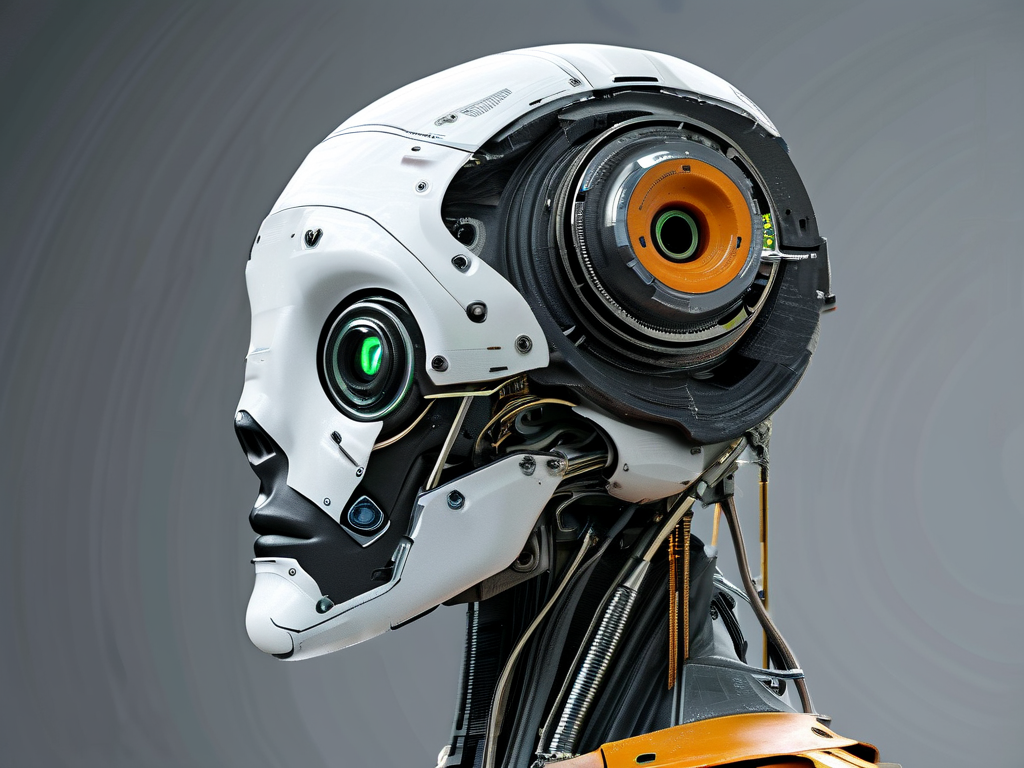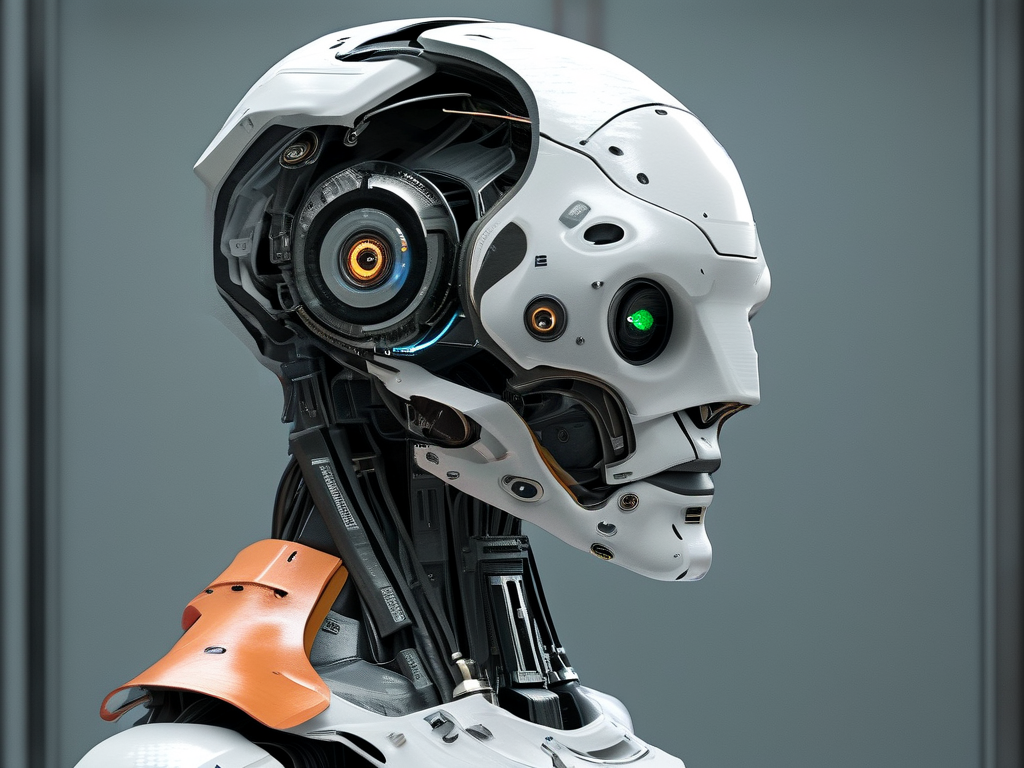The concept of cyborg technology – the fusion of biological organisms with advanced machinery – has long captivated scientists and futurists. While pop culture often portrays cyborgs as superhuman beings, the reality of developing functional human-machine hybrids involves overcoming staggering technical hurdles. This article explores three core challenges in cyborg development and the innovative approaches researchers are taking to address them.
1. Neural Interface Complexity
The fundamental challenge lies in creating stable communication channels between organic nervous systems and synthetic components. Unlike standardized digital protocols, biological neurons communicate through intricate electrochemical signals that vary across individuals and even fluctuate within the same person. Current neural interfaces struggle with signal degradation over time – a problem exemplified by the 30% performance drop observed in brain-computer interface (BCI) prototypes after six months of implantation.
Recent breakthroughs in flexible nano-electrode arrays show promise. These self-coiling polymer-based sensors, thinner than human hair, can adapt to brain tissue movements while maintaining signal clarity. A 2023 study published in Nature Cybernetics demonstrated a prototype achieving 89% signal retention after 18 months in primate trials. However, scaling this technology for widespread human use remains constrained by manufacturing complexities and biocompatibility concerns.
2. Power System Limitations
Cyborg components demand continuous energy supplies that traditional batteries cannot sustainably provide. The average cybernetic limb requires 15-20 watts during active use – equivalent to powering three smartphones simultaneously. Wireless charging solutions face tissue-heating risks, while implanted batteries pose chemical leakage dangers.

Emerging solutions focus on bioenergy harvesting. Teams at MIT’s Biomechatronics Lab recently unveiled a glucose-powered fuel cell that generates electricity from bloodstream sugars. Early prototypes produce 3.7 microwatts per square centimeter – enough to power basic neural sensors. Combining this with piezoelectric materials that convert muscle movements into energy could create hybrid power systems. Nevertheless, achieving the 50+ microwatt threshold needed for motorized implants remains an ongoing challenge.
3. Immune System Rejection
The human body’s defense mechanisms persistently attack foreign objects – a critical issue for permanent implants. Conventional solutions like immunosuppressant drugs carry unacceptable long-term health risks. Materials science innovations attempt to solve this through "bio-stealth" coatings.
A groundbreaking approach involves growing implant casings from the patient’s own cells. Using modified 3D bioprinters, researchers at Tokyo Cybernetics Institute successfully created titanium prosthetics coated with layered dermal cells. Initial trials show 60% reduction in immune response compared to traditional implants. However, the 14-week cell-growth period currently makes this impractical for urgent medical cases.
Ethical Considerations
Beyond technical barriers, cyborg technology raises profound ethical questions. The "neurosecurity" of BCIs became a hot topic after white-hat hackers demonstrated the ability to intercept basic motor commands from commercial neural devices in 2022. Regulatory frameworks struggle to keep pace, with current medical device standards being inadequate for implants that can potentially alter cognitive functions.

Future Pathways
Cross-disciplinary collaboration appears key to overcoming these challenges. The EU’s €2 billion NEUROSYNC project brings together materials scientists, neurologists, and AI specialists to develop next-generation interfaces. Early project deliverables include a self-healing neural coating that repairs minor signal degradation autonomously.
As Dr. Elena Voss, lead researcher at Cybernetic Advancements LLC, notes: "We’re not just building better prosthetics – we’re redefining what it means to be human. Each technical hurdle we clear reveals three new challenges, but the potential to restore and enhance human capabilities makes this pursuit invaluable."
The road to functional cyborg technology remains steep, but incremental breakthroughs continue to push boundaries. From veterans regaining tactile sensation to paralysis patients controlling exoskeletons with their thoughts, the real-world applications justify the immense technical efforts. As the field matures, solutions to these core challenges may emerge from unexpected intersections between biology, engineering, and computational science.

